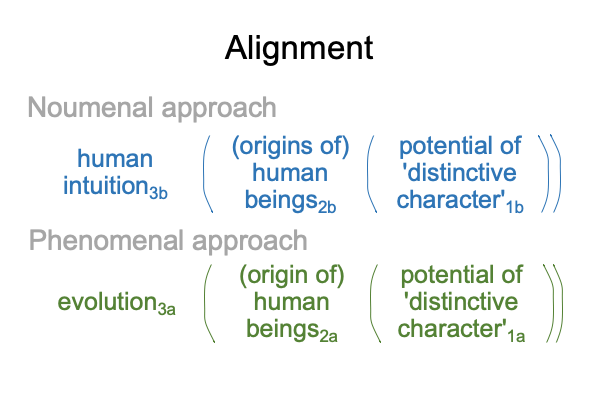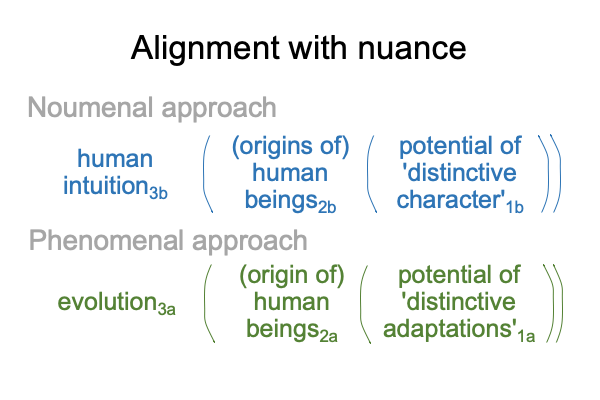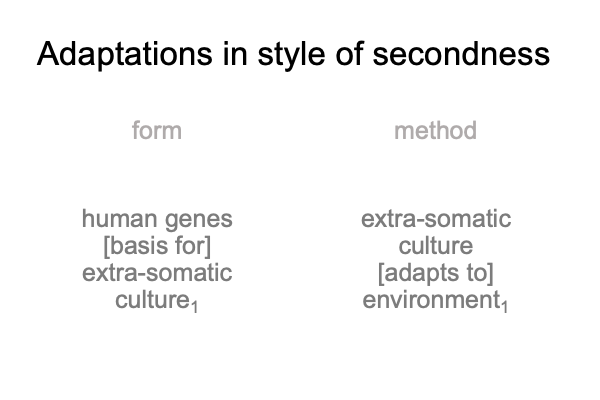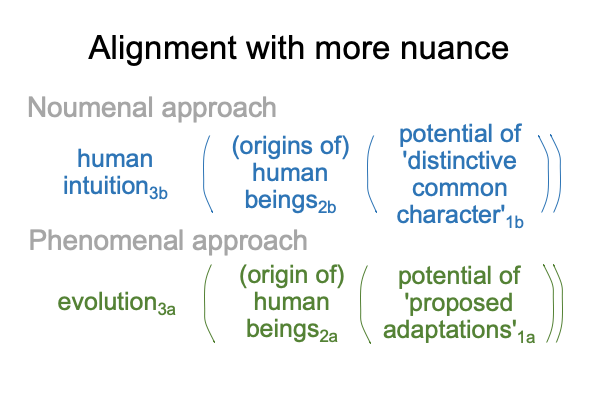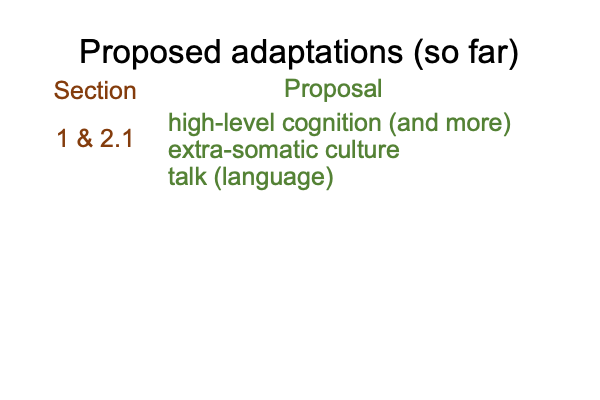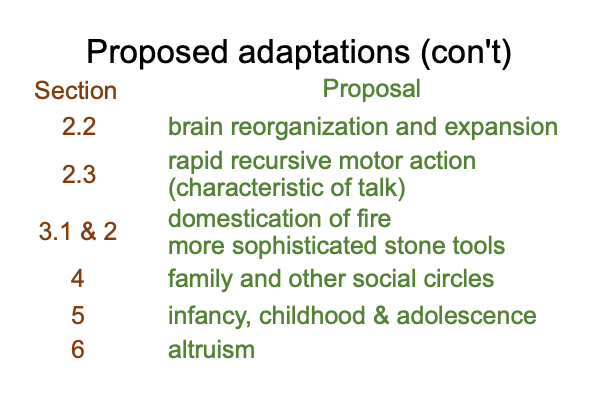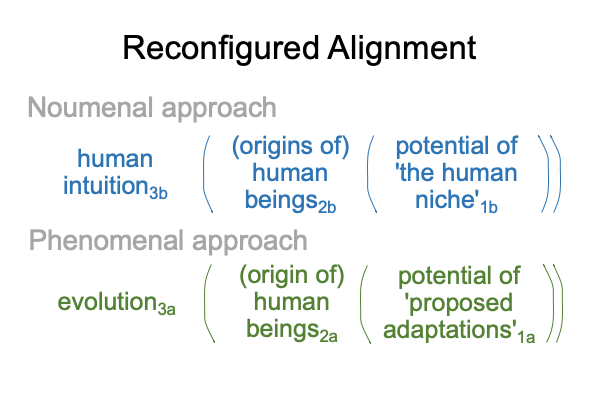Looking at Daniel Turbon’s Article (2020) “…Human Being in Evolution” (Part 4 of 11)
0017 In alignment, two category-based nested forms generate a two-level interscope.
Before rushing headlong into that fact, I want to pause to appreciate another aspect of Peirce’s philosophy: the category of secondness.
Peirce’s secondness is the realm of actuality. Actuality consists in two contiguous real elements. It2 may be written: one real element [contiguity] other real element.
0018 Cause and effect is one expression of this contiguity. “Causality” is what most envision as the contiguity between any two real elements. The dyad, cause [contiguity] effect, exhibits the logic of noncontradiction. If nothing else, real causes do not contradict their real effects.
However, even though we (humans) typically (an perhaps, innately) anticipate causality to present itself as a dyadic actuality, one wonders what happens when two elements are juxtaposed in a speculative fashion. This is an old philosophical problem. Nothing demonstrates it as well as the contiguity between a noumenon and its phenomena.
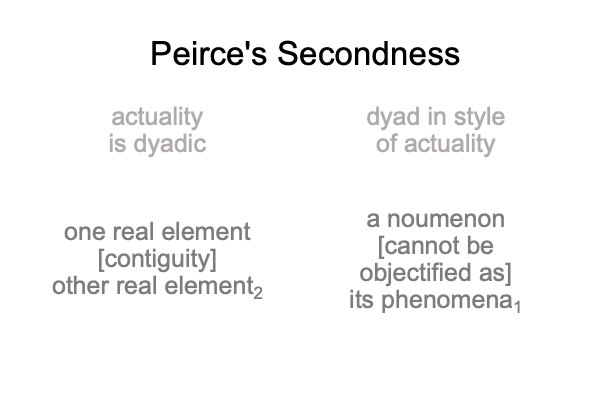
0019 A noumenon is a thing itself.
Phenomena are observable and measurable facets of the thing.
Actuality2 is dyadic. So is the contiguity between a noumenon and its phenomena. But, obviously the word “not” presents a problem, casting the dyad into the realm of possibility, which exhibits the logics of inclusion and befuddlement. Phenomena cannot exist without a noumenon. Yet, they cannot objectify that noumenon.
Many of the causalities in evolutionary science are dyads in the style of actuality, because the contiguity is speculative.
0020 For example, Turbon states that human genes form the basis of extra-somatic culture and extra-somatic culture is an effective method for adapting to the environment. Here is a picture of these two speculations.
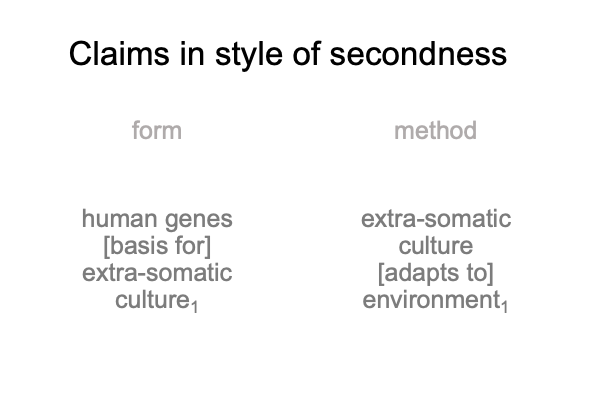
0021 Does this observation, that Turbon’s causal chains follow the style of secondness, assist in figuring out the alignment between philosophy and science?
Surely, the observation suggests that philosophy situates science.So, if the two nested forms combine into a two-level interscope, following the script of A Primer on Sensible and Social Construction, then noumenon-oriented philosophy should situate phenomena-oriented science.

